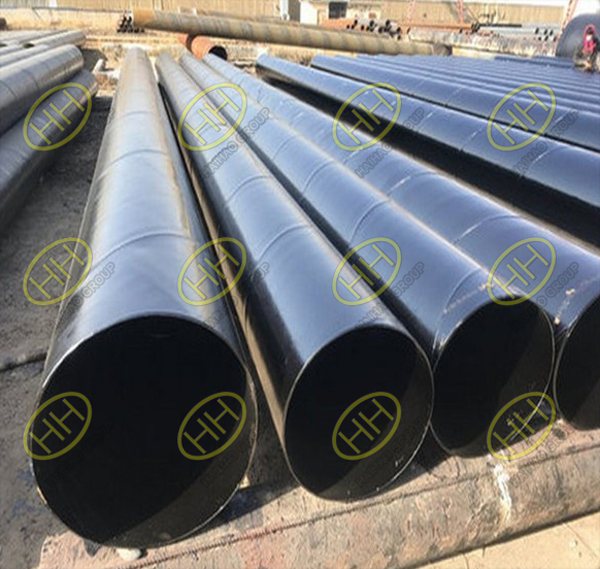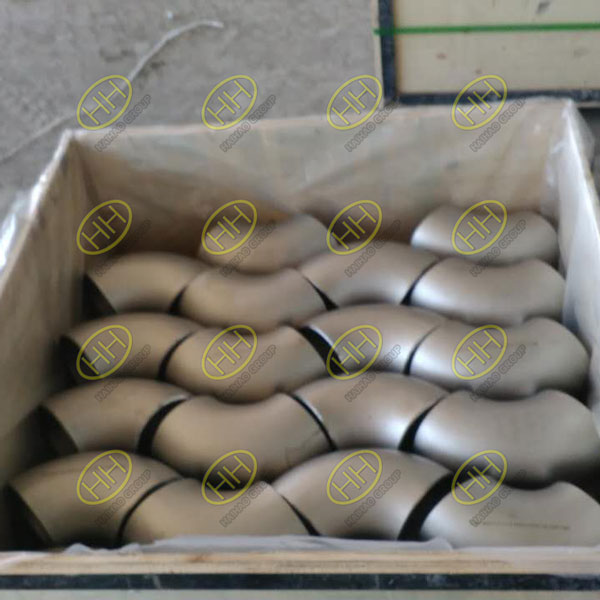Demystifying pipeline flow rate: How to calculate liquid flow like a pro!
Calculating pipe flow velocity is a critical step in the design and operation of piping systems. It determines the pipeline size, fluid delivery capacity and pressure loss, and has a direct impact on the safety, economic benefits and stable operation of the pipeline. Accurate calculation of flow rate helps to optimize pipeline design, improve energy efficiency, and ensure that the pipeline system meets specific needs efficiently and safely, thereby achieving reliable and economical operation of the pipeline system.So how is the pipeline velocity calculated? Let’s find out together.
Step 1: Gather the Necessary Information
Before diving into the calculations, gather essential data about your pipeline. You’ll need to know the inner diameter (ID) or cross-sectional area of the pipe, the fluid’s density, and the average velocity of the liquid.
Step 2: Determine the Cross-Sectional Area
The first task is to determine the cross-sectional area of the pipe. For circular pipes, use the formula: A = π * (ID/2)^2, where A is the area, and π (pi) is approximately 3.14159.
Step 3: Measure the Fluid Velocity
Next, measure the fluid’s velocity, usually in meters per second (m/s) or feet per second (ft/s). If you don’t have a direct measurement, you can use a flow meter or calculate it using the volumetric flow rate divided by the cross-sectional area.
The volumetric flow rate (Q) represents the volume of liquid passing through the pipeline per unit of time. It is calculated using the formula: Q = A * V, where Q is the flow rate in cubic meters per second (m³/s) or cubic feet per second (ft³/s).Step 4: Calculate Volumetric Flow Rate
Step 5: Convert Volumetric Flow Rate (Optional)
If you need the flow rate in different units, such as gallons per minute (GPM) or liters per second (L/s), simply use appropriate conversion factors to convert the volumetric flow rate.
Step 6: Consider the Fluid Density
The density (ρ) of the fluid is essential for precise calculations. It measures the mass of the fluid per unit of volume. Ensure to use the appropriate density value depending on the liquid being transported (e.g., water, oil, or gas).
Step 7: Calculate Mass Flow Rate
To determine the mass flow rate (m), use the formula: m = Q * ρ, where m is the mass flow rate in kilograms per second (kg/s) or pounds per second (lb/s).
Step 8: Accounting for Different Fluids
If your pipeline transports multiple fluids with varying densities, repeat the calculations for each fluid, adjusting the density accordingly.
Step 9: Incorporate Pressure and Temperature (Advanced)
For more precise calculations, consider the effect of pressure and temperature on the fluid’s density, as they can influence the flow rate.
Mastering the art of calculating liquid flow rate in pipelines is a valuable skill for engineers and professionals in various industries. With a few simple formulas and accurate measurements, you can ensure the smooth and efficient transport of liquids in your pipelines. Remember, understanding the flow rate empowers you to optimize processes, minimize waste, and enhance the performance of your liquid transportation systems.


